The gag reflex is a natural defense mechanism that can be triggered by various stimuli, including dental procedures, certain smells, or even the anticipation of gagging. While it's protective, an overactive gag reflex can be problematic. Recent studies have explored acupressure techniques as potential methods to manage and suppress this reflex.
Understanding the gag reflex
The gag reflex, or pharyngeal reflex, is an involuntary contraction of the back of the throat, evoked by touching the soft palate or the back of the tongue. It's primarily a protective mechanism to prevent choking. However, psychological factors, such as anxiety or anticipation, can also trigger this reflex.

Image via Shutterstock
Acupressure techniques to suppress the gag reflex
For any of the options below, it's essential to apply pressure gradually and ensure it's firm but not painful. If discomfort arises, reduce the pressure or discontinue the technique.
The Hegu point (LI-4)
Located between the thumb and index finger, the Hegu point is one of the most commonly used acupressure points. Applying firm pressure to this area has been shown to help manage the gag reflex. A study published in the Research Journal of Medical Sciences found that stimulating the Hegu point effectively altered the gag reflex in children aged 8–14.
Try it out: Use the thumb and index finger of one hand to apply firm pressure to the webbing between the thumb and index finger of the opposite hand. Maintain pressure for about 30 seconds to 2 minutes.
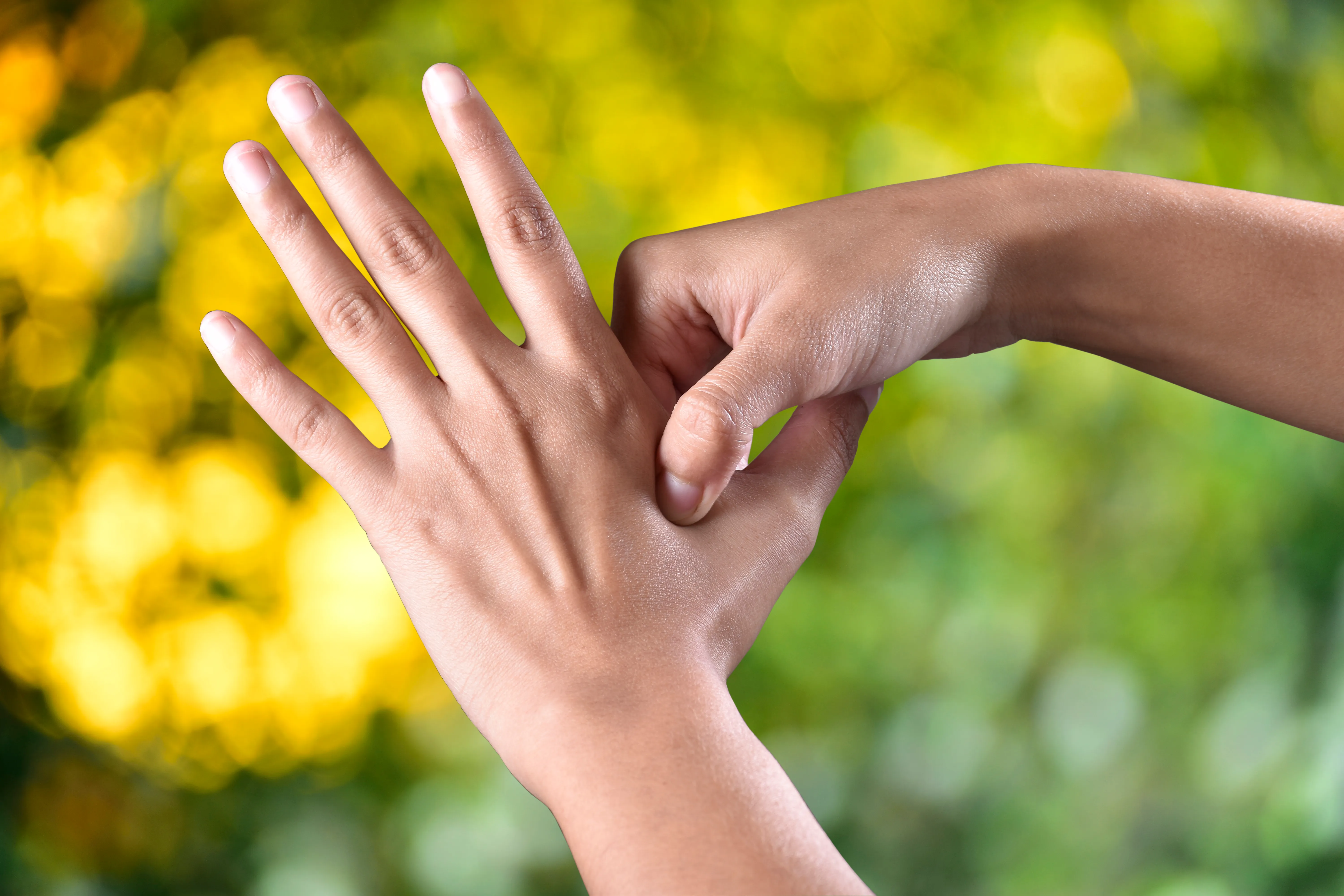
The Chengjiang point (REN-24)
Situated in the groove between the lower lip and the chin, the Chengjiang point has been identified as effective in controlling the gag reflex. Research indicates that applying pressure to this point can suppress the gag reflex during dental procedures.
Try it out: Use your index finger to apply steady pressure to the groove between your lower lip and chin. Hold for 30 seconds to 2 minutes.
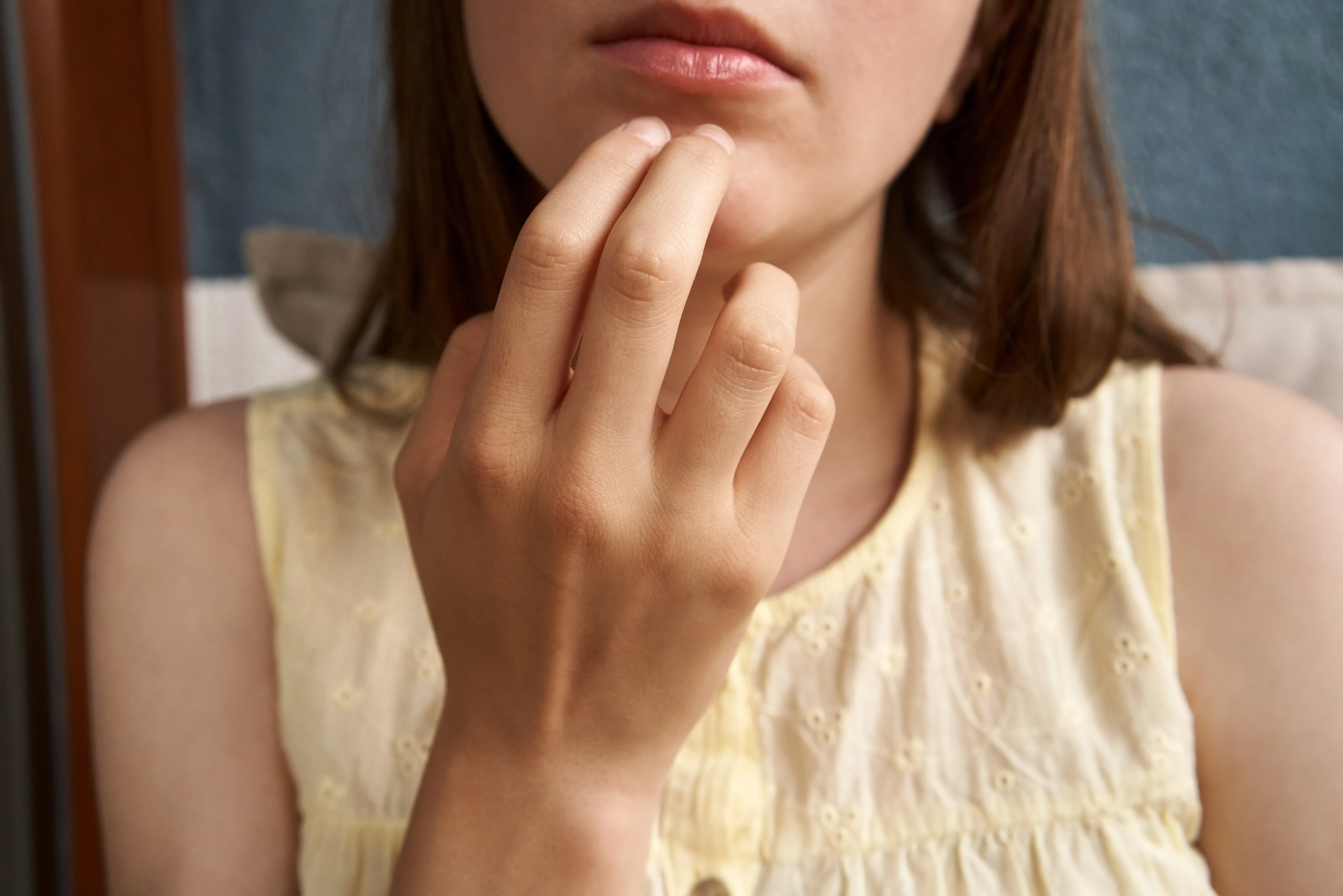
The Neiguan point (P-6)
Located on the inner forearm, about two finger widths above the wrist crease, the Neiguan point is traditionally used to alleviate nausea. Recent studies suggest that stimulating this point can also help manage the gag reflex.
Try it out: With your palm facing up, measure two finger-widths from the wrist crease. Apply pressure between the two tendons in this area for 30 seconds to 2 minutes.
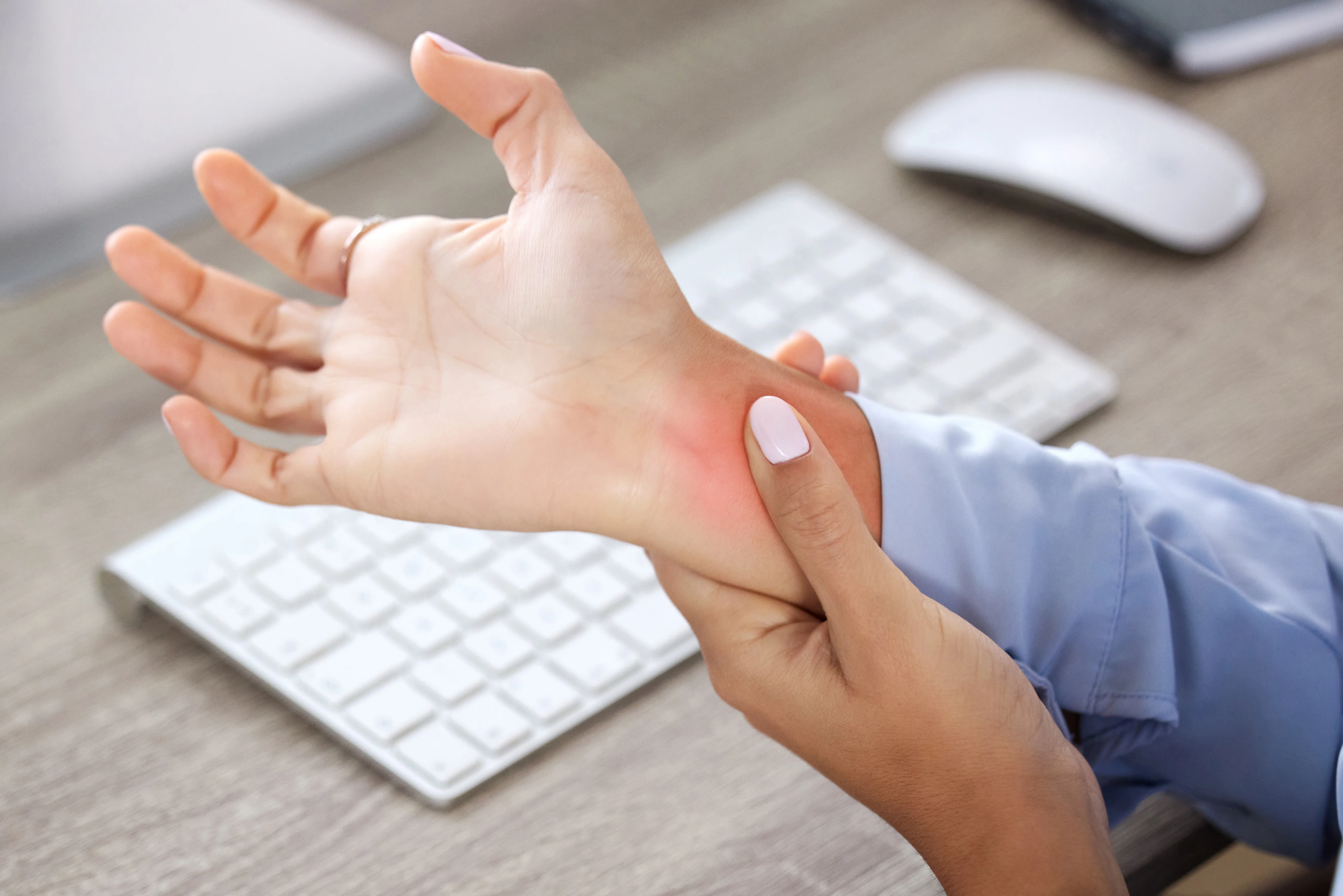
The thumb-in-fist distraction trick
One of the most widely circulated gag reflex tips online involves nothing more than your own hand. Popularized in part by a 2011 Lifehacker article, this technique involves encircling your left thumb inside a fist made by the same hand. By squeezing firmly, you can momentarily suppress your gag reflex.
The idea is based on pressure and distraction: when you're focusing physical tension elsewhere (in this case, in your hand), your brain may become less reactive to the sensations in your throat that would otherwise trigger a gag.
This method gained traction after a 2008 dental study observed that patients who used this self-applied pressure were better able to tolerate dental tools during impressions. Though formal research remains limited, the thumb-fist method has stuck around in clinical and everyday advice circles because of its simplicity, and many people report success.
Try it out: Make a fist with your left hand, wrapping your fingers tightly around your thumb. Then, hold the fist firmly for 30 seconds to two minutes before and during a gag-inducing activity.
While not as targeted as acupressure points, this trick may offer quick relief when you're caught off guard and need a fast reset.
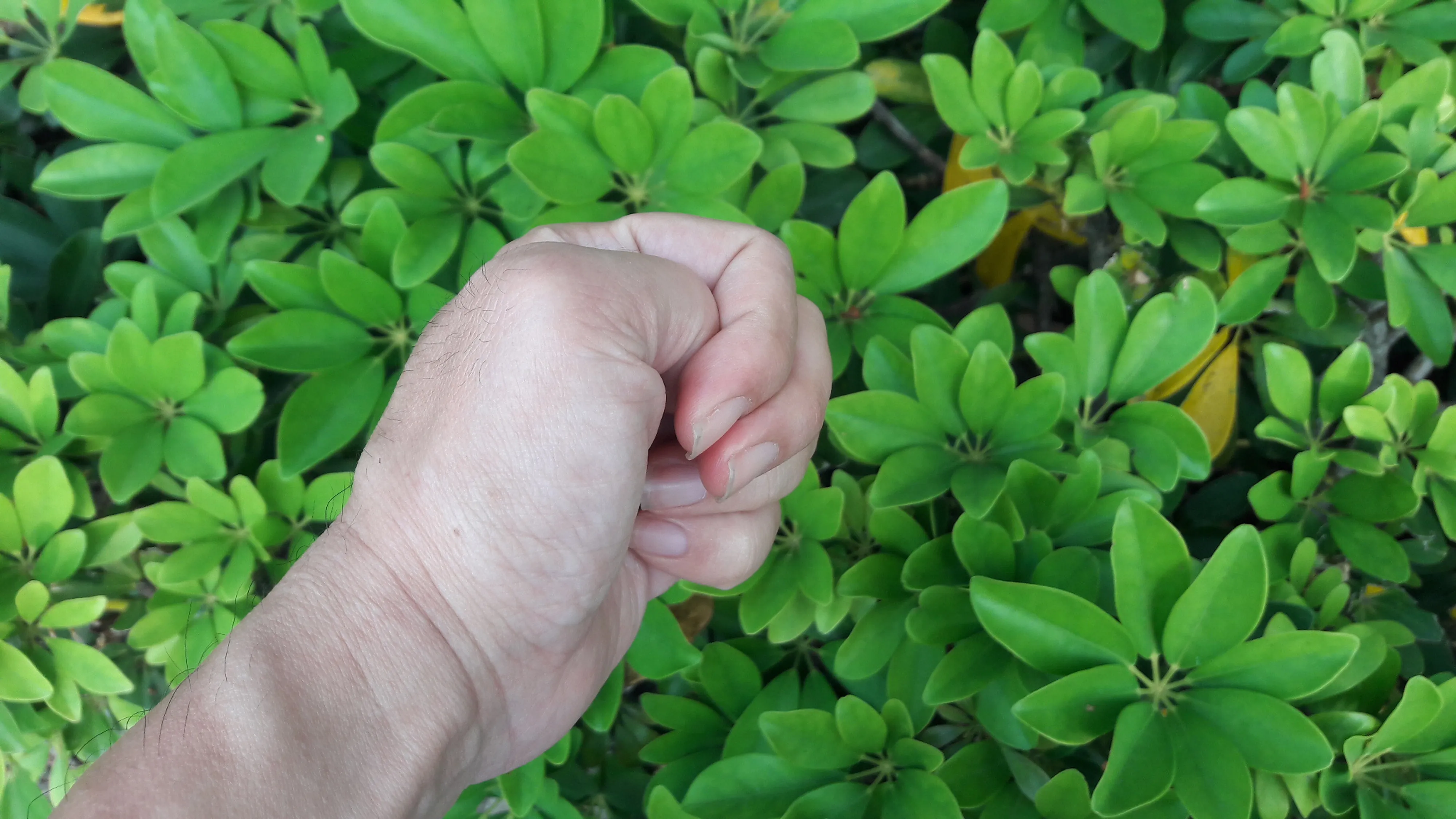
It's all about distracting your throat muscles
While acupressure offers a non-invasive method to manage the gag reflex, its effectiveness can vary among individuals. These techniques can be particularly beneficial during dental procedures or situations where suppressing the gag reflex is desirable. However, consulting with a healthcare professional before adopting new methods is always recommended, especially if you have underlying health conditions.
Don't Miss: Change Your Sleeping Position to Control the Type of Dreams You Have
Cover photo via Mk2010/Wikimedia Commons.




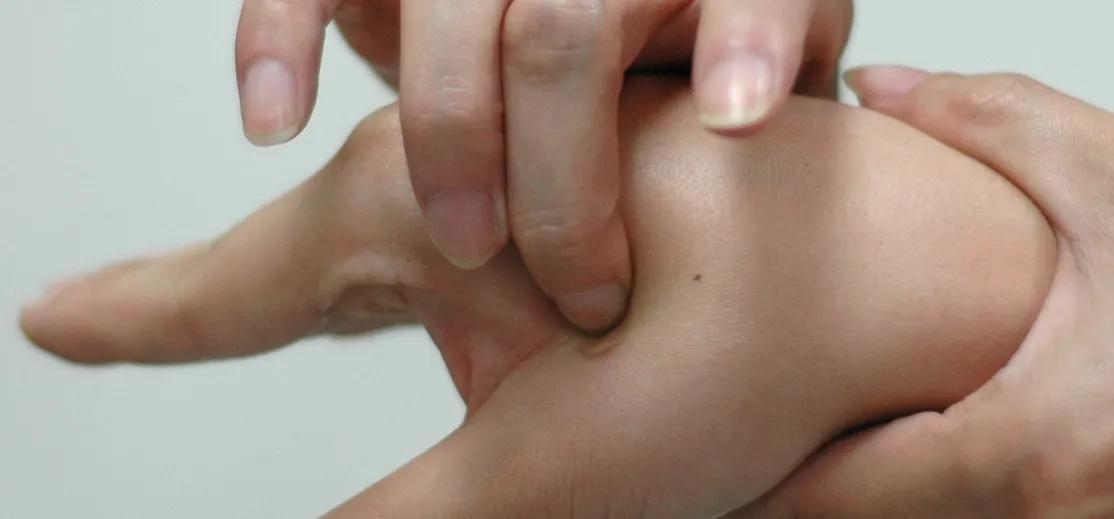



















Comments
Be the first, drop a comment!